10 Most Iconic Parks in Paris
Paris may be famous for its incredible monuments, but the city’s lush parks are also true gems offering quiet escapes and scenic views all over town.
With over 400 parks and gardens, there’s always a green oasis waiting to be discovered, whether you’re after a peaceful walk, a scenic picnic, or a bit of nature tucked between historic streets.
Here are 10 of the most unmissable parks to explore next time you’re in Paris.
UPDATE: added 2 more that deserved to be in this list!
1. Jardin du Luxembourg
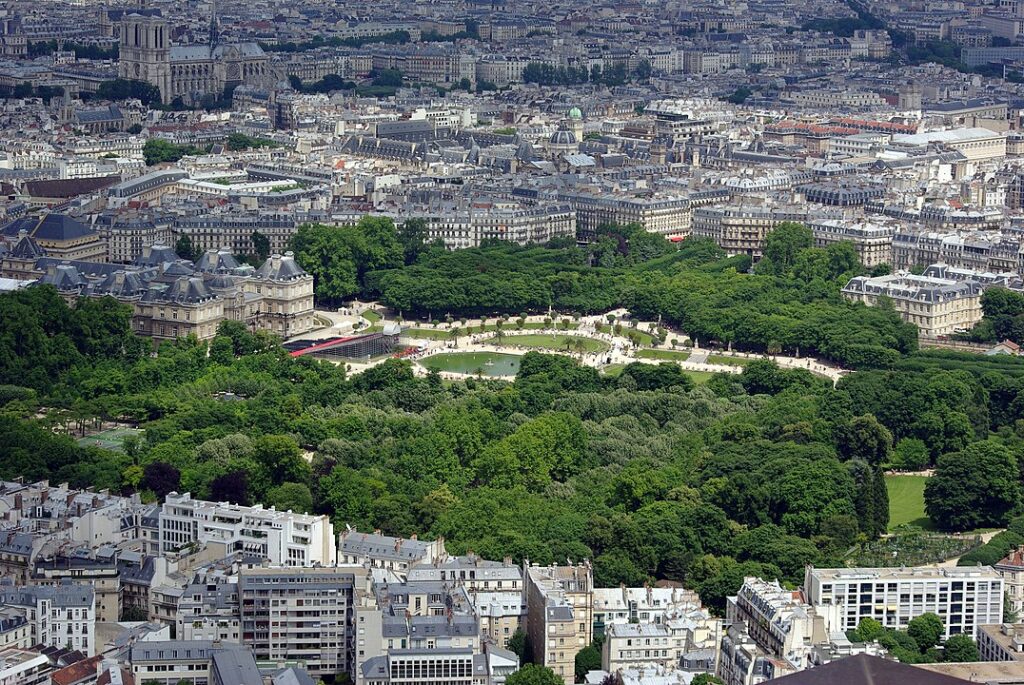
Created: 1612
Size: 23 hectares
Location: 6th arrondissement
Metro Station: Odéon, Notre-Dame-des-Champs
The Jardin du Luxembourg was commissioned in 1612 by Queen Marie de’ Medici, inspired by the gardens of her native Florence.
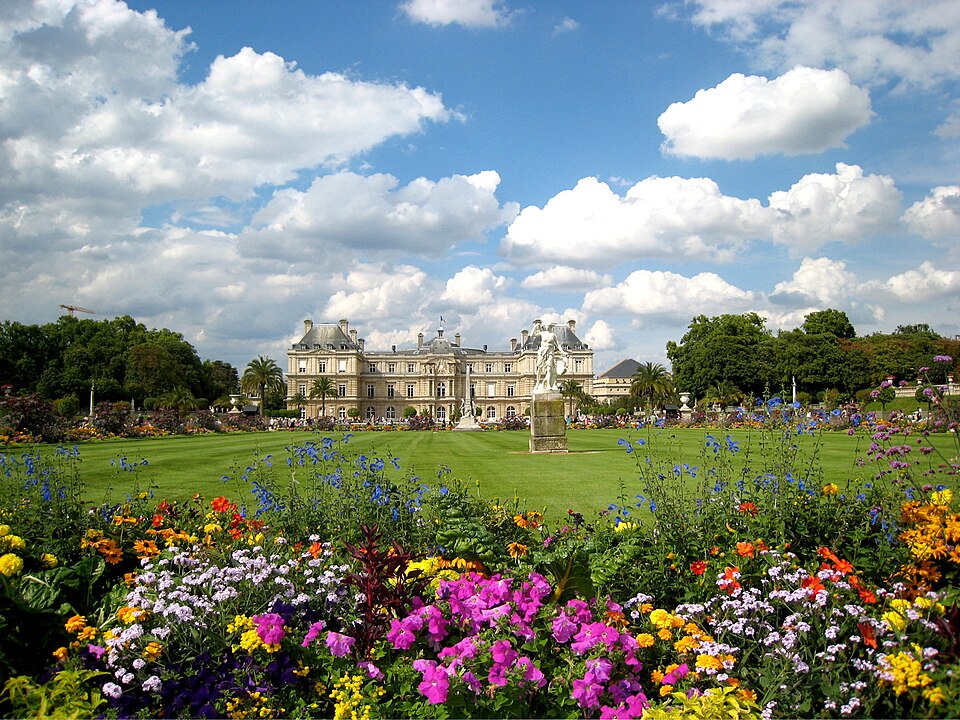
Designed around her Luxembourg Palace, it became a classic French garden with tree-lined promenades, elegant statues, and fountains. Visitors enjoy the Medici Fountain, the pond, and iconic green chairs.
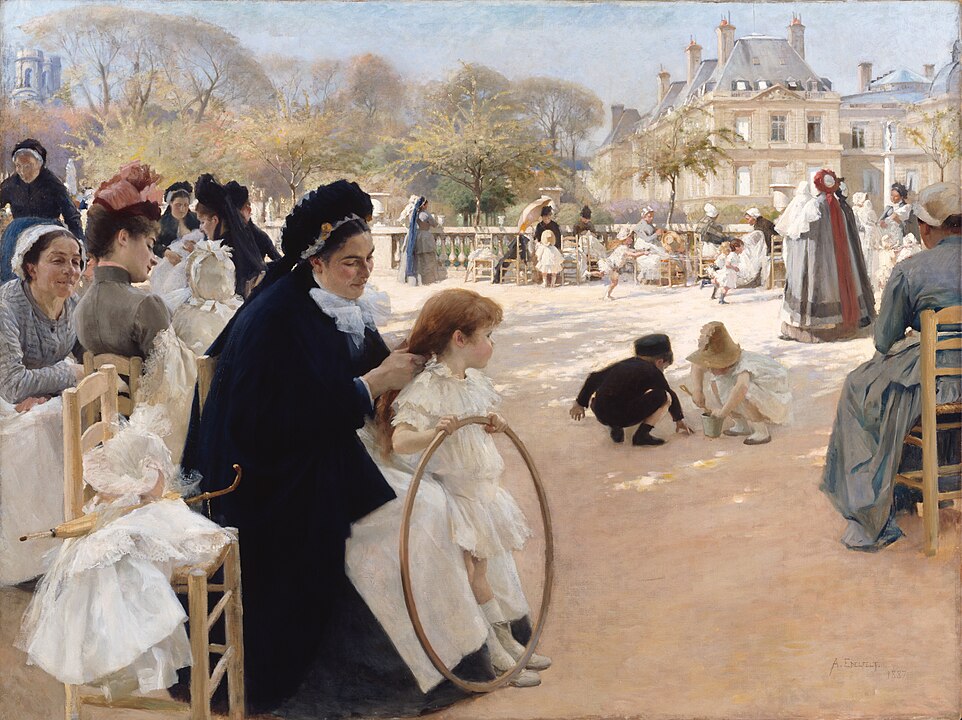
2. Parc Monceau
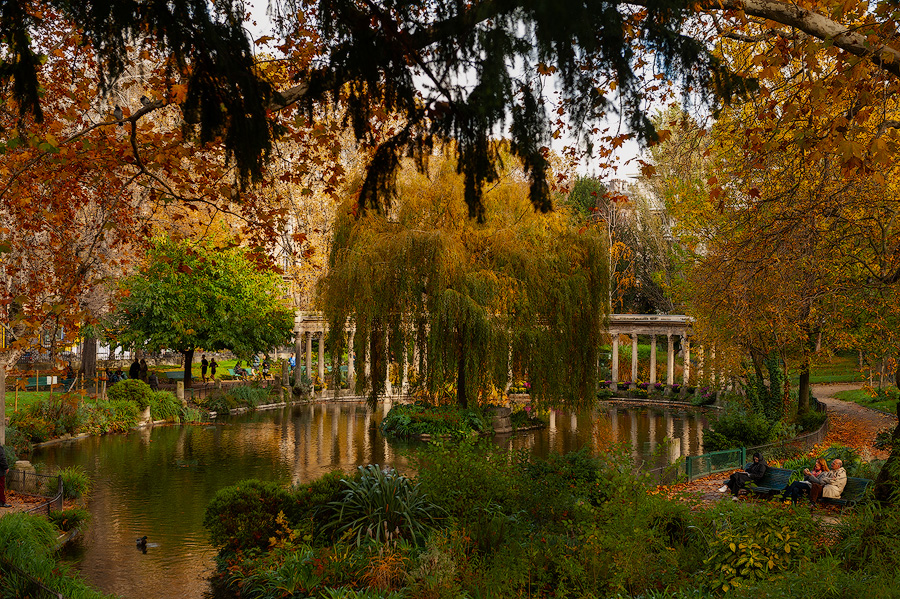
Created: 1778
Size: 8.2 hectares
Location: 8th arrondissement
Metro Station: Monceau
Parc Monceau was created in the 18th century by the Duke of Chartres, a cousin of King Louis XVI, who envisioned an English-style garden filled with exotic elements.
Unlike the traditional French gardens of the time, Parc Monceau had winding paths, ancient ruins, and whimsical statues.
It’s one of Paris’s most picturesque places, elegant and filled with statues, a small pond, and picturesque bridges. Relaxed vibe, ideal for a quiet afternoon walk.
3. Jardin des Tuileries
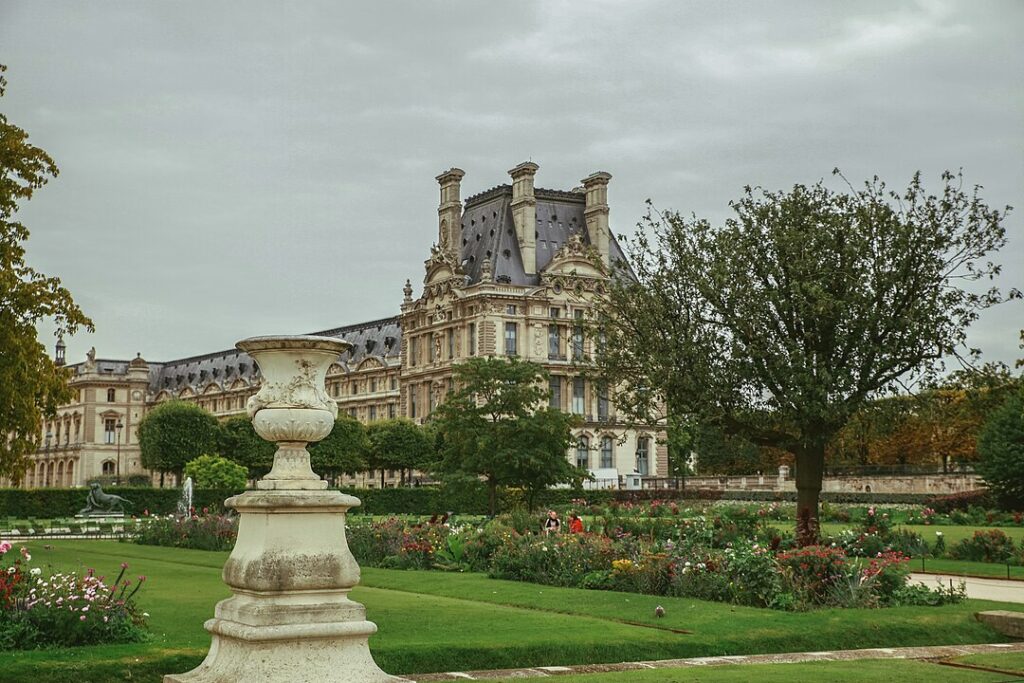
Created: 1564
Size: 22.4 hectares
Location: 1st arrondissement
Metro Station: Tuileries, Concorde
Paris’s oldest public garden, located between the Louvre and Place de la Concorde. The Jardin was designed in 1564 as part of the Tuileries Palace for Queen Catherine de’ Medici (Marie’s predecessor).
Over time, it evolved into a classic French formal garden under the influence of landscape architect André Le Nôtre, who also designed the gardens at Versailles.
Statues, fountains, and grand walkways invite visitors to stroll.
4. Jardin des Plantes
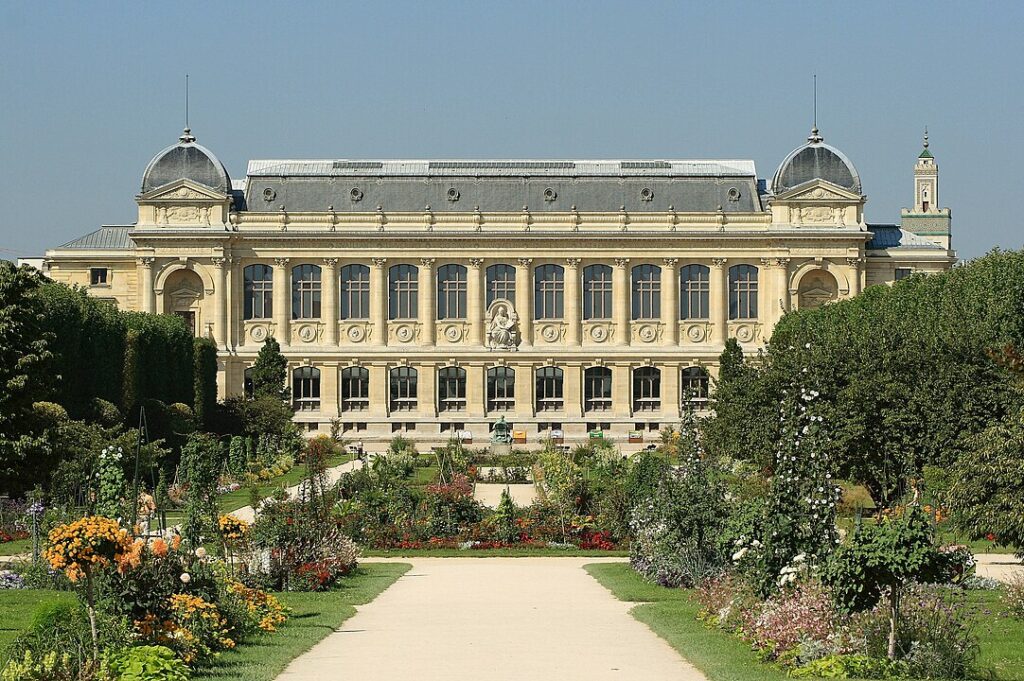
Created: 1626
Size: 23.5 hectares
Location: 5th arrondissement
Metro Station: Gare d’Austerlitz, Jussieu
The Jardin des Plantes began as a medicinal herb garden in 1626, founded by King Louis XIII’s physician, Guy de La Brosse.
Initially intended for the study of medicinal plants, it opened to the public in 1640 and expanded over the centuries, adding greenhouses, rare plant collections, and even a small zoo during the French Revolution.
Today, it remains one of Paris’s most important botanical gardens, with the Natural History Museum nearby.
5. Square du Vert-Galant

Created: 1884
Size: 0.2 hectares
Location: 1st arrondissement (near Pont Neuf)
Metro Station: Pont Neuf
The Square du Vert-Galant was created in 1884 at the western tip of the Île de la Cité. It’s named after King Henry IV, nicknamed the “Vert-Galant” for his romantic escapades in his older years.
Built on land reclaimed from the Seine, the square is a peaceful, tree-shaded area with views of the river and the Pont Neuf.
6. Parc des Buttes-Chaumont
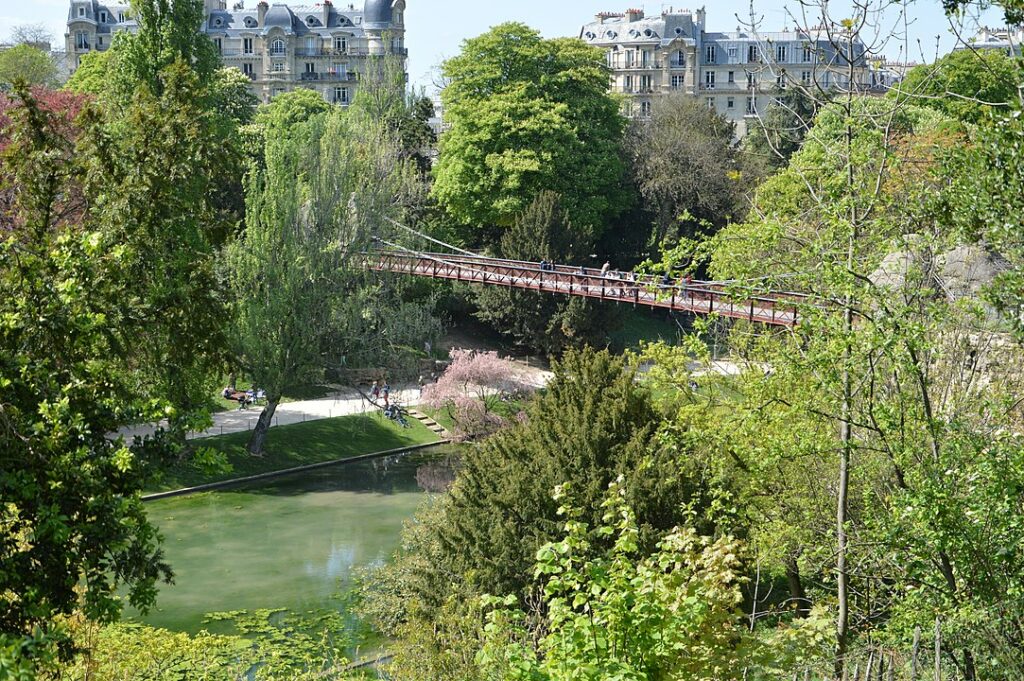
Created: 1867
Size: 25 hectares
Location: 19th arrondissement
Metro Station: Buttes-Chaumont, Botzaris
Parc des Buttes-Chaumont was created in 1867 by Napoleon III and designed by Jean-Charles Alphand during the transformation of Paris by Baron Haussmann.
Built on former quarries, it has cliffs, waterfalls, and a temple inspired by Rome’s Temple of Vesta. The dramatic landscape is unlike traditional Parisian parks.
7. Parc André Citroën
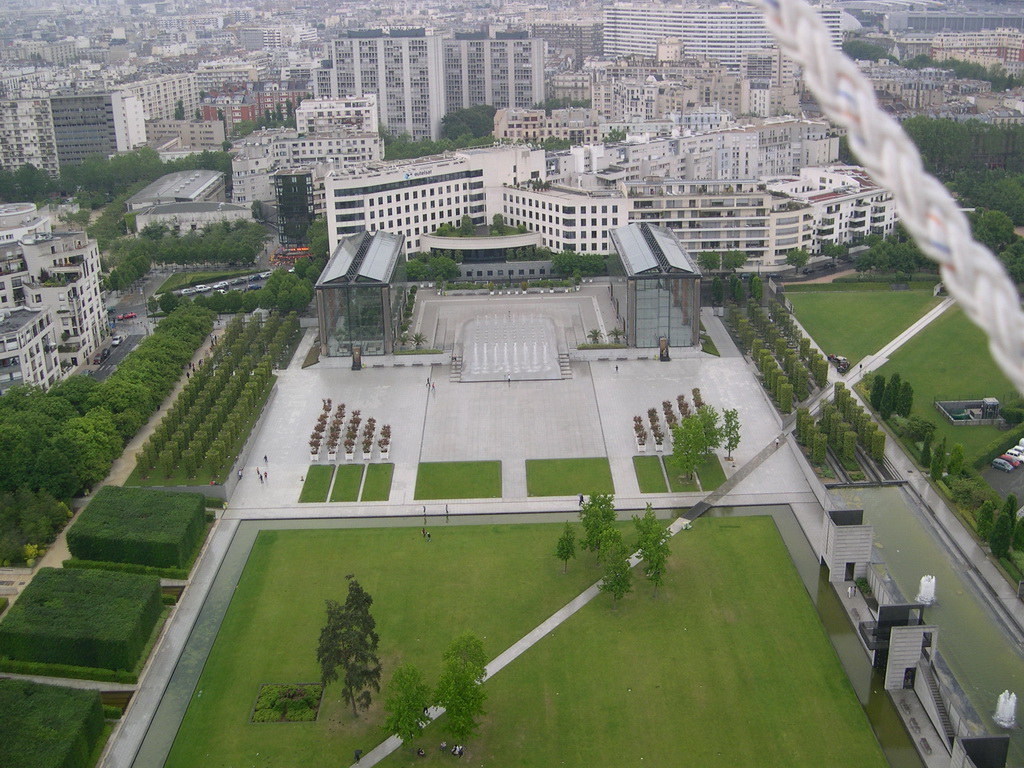
Created: 1992
Size: 14 hectares
Location: 15th arrondissement
Metro Station: Javel-André Citroën
Built in the 1990s on the site of a former Citroën car factory, this park’s modern landscaping includes fountains, greenhouses, and themed gardens.
It’s located on the Seine’s Left Bank and features wide lawns and hot air balloon rides for panoramic views of Paris.
8. Parc Montsouris
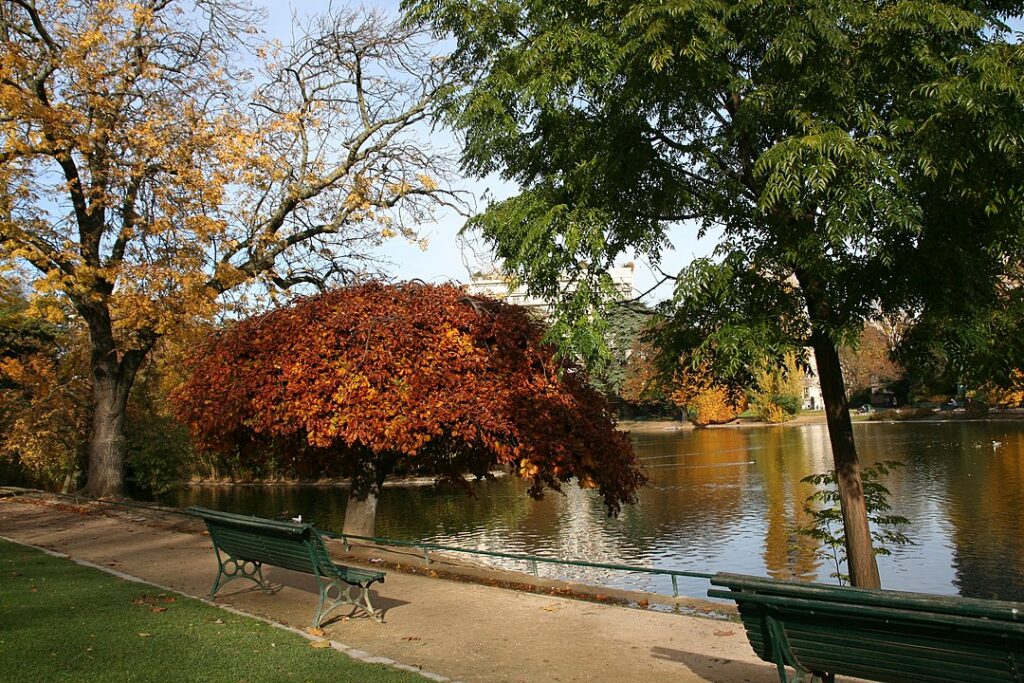
Created: 1869
Size: 15 hectares
Location: 14th arrondissement
Metro Station: Cité Universitaire
Commissioned by Napoleon III in 1865, Parc Montsouris was designed by Jean-Charles Alphand as part of Paris’s greenbelt expansion.
This English-style park on the city’s southern edge includes meadows, a lake, and statues. It’s popular for peaceful walks and picnics among locals and students from nearby universities.
9. Parc du Champ de Mars

Created: 1780
Size: 24.5 hectares
Location: 7th arrondissement
Metro Station: École Militaire, Bir-Hakeim
Parc du Champ de Mars, named after the Roman god of war (Mars), stretches between the Eiffel Tower and the École Militaire. It was originally used as a military training ground in the 18th century.
It later became a public park and has since been the site of numerous events, celebrations, and World’s Fairs.
It’s one of Paris’s most iconic green spaces, popular for its open lawns and direct views of the Eiffel Tower.
10. Parc de la Villette

Created: 1987
Size: 55 hectares
Location: 19th arrondissement
Metro Station: Porte de Pantin or Corentin Cariou
Opened in 1987, Parc de la Villette was designed by architect Bernard Tschumi on the site of former slaughterhouses in northeast Paris.
It features modern architecture, large green spaces, and cultural venues like the Cité des Sciences, the Philharmonie, and outdoor movie screenings in the summer.
One of Paris’s largest and most unique cultural parks.
11. Bois de Boulogne

Created: 1852
Size: 845 hectares
Location: 16th arrondissement
Metro Station: Porte Maillot, Porte Dauphine
Bois de Boulogne was originally a royal hunting ground and was transformed in the 1850s by Napoleon III and Baron Haussmann into one of Paris’s largest public parks.
Inspired by London’s Hyde Park, it includes lakes, forests, and various gardens. It offers a vast green escape with activities like boating, cycling, and horseback riding.
It’s also home to attractions like the Jardin d’Acclimatation and the Fondation Louis Vuitton.
12. Bois de Vincennes
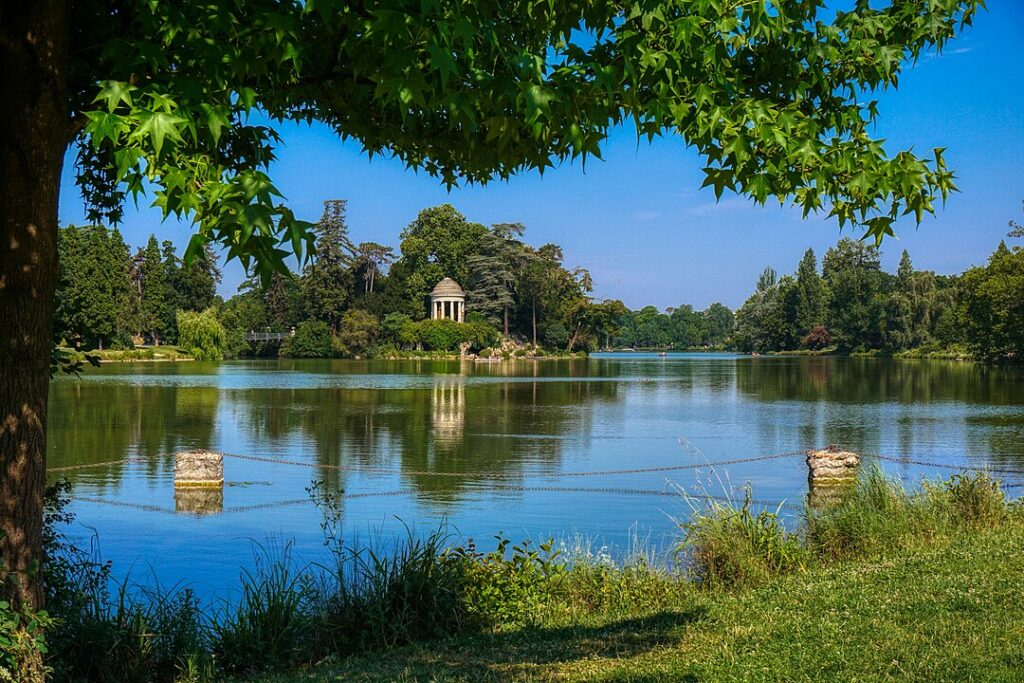
Created: 1855
Size: 995 hectares
Location: 12th arrondissement
Metro Station: Château de Vincennes
Bois de Vincennes is Paris’s largest park, even larger than Bois de Boulogne. It was also redeveloped by Napoleon III in the 1850s.
It includes lakes, a zoo, a botanical garden, and even a medieval château. It’s a great place for outdoor activities like biking, rowing, or visiting the Parc Floral and zoo.
